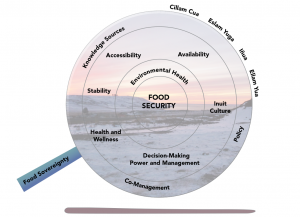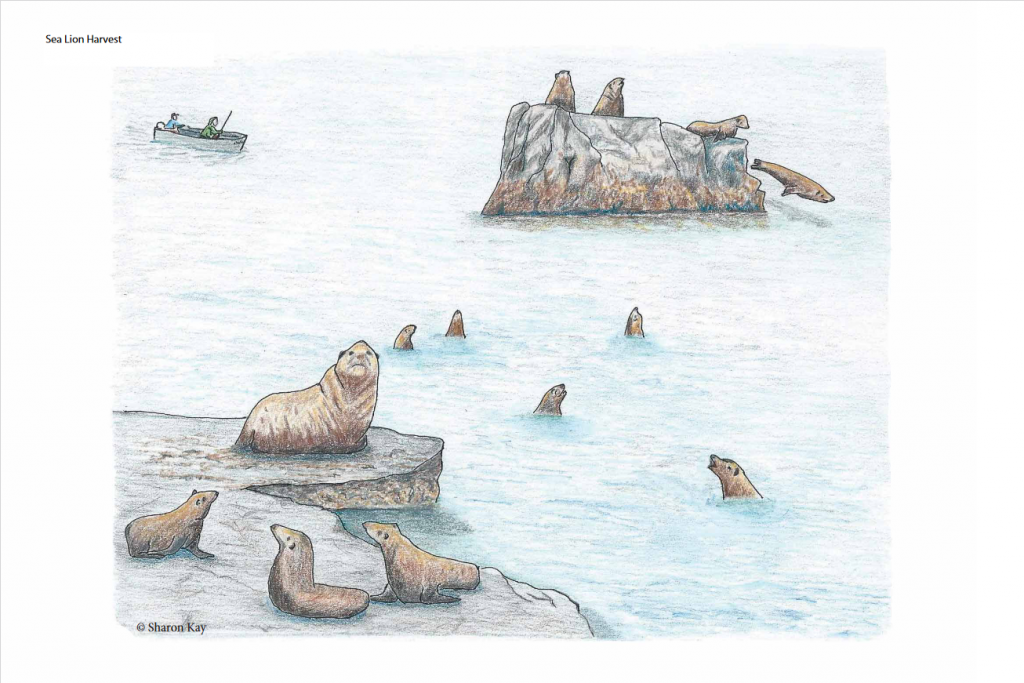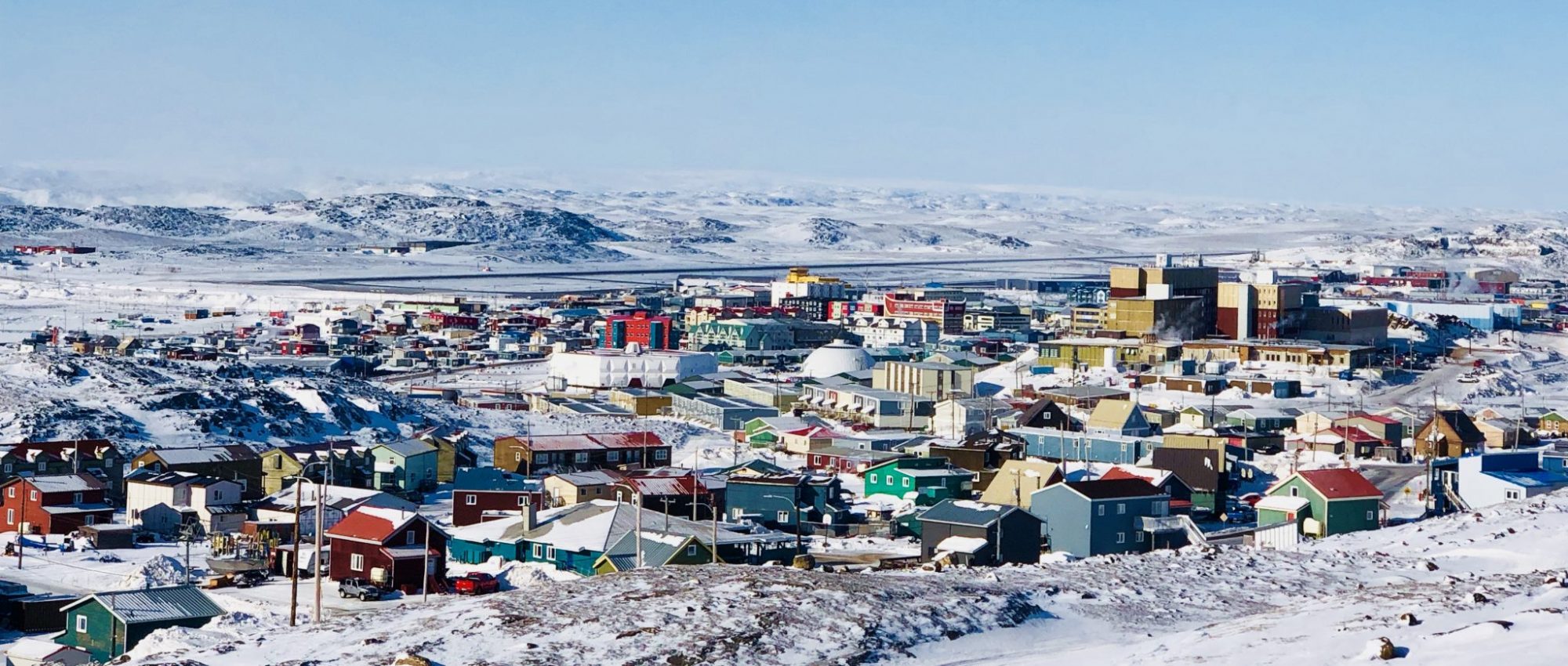Background

Food insecurity is a growing issue in the state of Alaska. While fishing and hunting are important parts of the Alaskan economy, local food support industries such as agriculture and food processing have been largely unsuccessful. Even locally caught fish tends to be processed at ports in Washington and California before being sold back north in Alaska. This means that much of the state’s food comes from elsewhere, resulting in lower quality and higher prices. These issues compound for Alaska’s many rural communities with limited access to supermarkets and fresh deliveries. Instead, locals often supplement their diets with food from subsistence practices such as hunting and fishing. Rural subsistence practices are encouraged, and state law has protected subsistence hunting rights since 1989. Despite this, the Food Bank of Alaska estimates that 1 in 7 Alaskans are food insecure.
Presentation
Included here is a brief presentation on food insecurity in the Aleutian Islands region of Alaska. If you prefer reading or would like more detailed information, the key issues are described further down on this page.
[ensemblevideo version=”5.6.0″ content_type=”video” id=”2cc6186d-61cc-43b4-a13e-330c95ee3efd” width=”848″ height=”480″ displaytitle=”true” autoplay=”false” showcaptions=”false” hidecontrols=”true” displaysharing=”false” displaycaptionsearch=”true” displayattachments=”true” audiopreviewimage=”true” isaudio=”false” displaylinks=”true” displaymetadata=”false” displaydateproduced=”true” displayembedcode=”false” displaydownloadicon=”false” displayviewersreport=”false” embedasthumbnail=”false” displayaxdxs=”false” embedtype=”responsive” forceembedtype=”false” name=”Aleutians food security” description=”15minute presentation”]
What is Food Security?
We have briefly outlined food security on our Important Terminology page, and a more detailed explanation is presented here. Often when we talk about food insecurity, we ask whether nutritious food is available and accessible to an individual or their community. Accessibility is crucial as it questions barriers to food security beyond availability such as cost and transportation. While useful, this is a narrow definition that sidelines the important social and cultural aspects of food. Some more details on this side of food security are presented on our Climate Change Driven Food Insecurity in Nunavut page.

Recent projects have sought to develop more holistic definitions such as the one pictured here. Developed by the Inuit Circumpolar Council of Alaska in 2015, this framework builds off the landmark 2007 Declaration of Nyéléni. The Nyéléni conference recognized the connections between food, society, and culture and how they are especially important for indigenous peoples. The key to the new framework is the concept of food sovereignty – the ability of a people to define their own practices and definition of food security. Oftentimes this involves the promotion and protection of traditional subsistence practices for increased self-reliance and connection to culture.
The Aleutian Islands
The Aleutian Islands are a remote island chain in southwest Alaska with a population of approximately 8000 people. Unalaska is the largest town in the region with about 4000 inhabitants and is also the biggest fisheries port in the United States by dollar value. So, while the Aleutian communities are remote, they are not isolated. Before the industrial fisheries, the archipelago was home to the Unanga peoples (known in English as the Aleut) who still live on many of the islands and in Unalaska. Many Unangan today eat salmon, fur seals, and stellar sea lions in addition to imported western food. Perhaps because of the fisheries connection or the Unangan peoples’ strong subsistence traditions, food insecurity in the area is lower than the state average at around 11%.
Challenges
Unfortunately, climate change and overfishing threaten the security of many Aleutian communities. Residents of St. Paul in the Pribilof Islands are prohibited from catching their fill of fur seals because the seal population is in decline. But the hunters and some scientists say climate change and the pollock fishery are to blame. Because many researchers are still unsure why the seals are declining they have placed caps on hunting effectively forcing communities to rely on market food. The conflict of interest between conservationists, industry, and indigenous communities is nothing new. Indigenous communities’ rights to subsistence practices are frequently infringed upon by regulators.
Even in Unalaska, the number of families requesting food assistance is on the rise. In response to this and the COVID-19 pandemic, community leaders opened the town’s first food bank in 2020. The sheer scale of Unalaska’s fishery may be starving marine predators like the fur seal and Steller sea lion – in turn depriving communities of their primary food sources. And while hot button issues like ice retreat and permafrost melt do not directly threaten the Aleutians, anthropogenic climate change is a serious concern. Warming oceans may alter the migration patterns of birds and sea life, and invasive plants are beginning to displace local ones. Click here to learn more about Climate Change in the Arctic.
Aleutian communities relying on subsistence hunting and fishing are also worried about Persistent Organic Pollutants (POPs). These chemicals are released elsewhere in the world but break down very slowly in nature. Because of this they make their way into Arctic ecosystems and accumulate, posing serious health risks to humans and animals alike. Animals at the top of the food chain such as seals and sea lions accumulate particularly high amounts of POPs and may be dangerous to children and pregnant women.
Solutions

Several cultural and educational initiatives are underway in indigenous communities. One example is the preschool curriculum designed by the Aleutian Pribilof Islands Association leads which you can learn more about on their website. These programs are designed to promote traditional practices
Investment in social programs and infrastructure is paramount. Most food banks rely on government grants, which means they have funding only for the short term. Additionally, food provided by social programs is often western food, which does not support nutrition or mental health as well as subsistence diets. Recognizing the problems with this, some organizations such as SeaShare work to bring traditional foods like fish into food banks.
Policymakers need to implement more holistic ecosystem management in the Bering Sea fisheries. The Unangan peoples’ subsistence hunting rights are often overruled by animal conservation laws. The National Oceanic and Atmospheric Association and other agencies working in the Aleutian Islands should incorporate indigenous leaders in decision making to ensure equity and secure communities.
Monitoring pollution and POPs will allow communities to make informed decisions about what they eat and when. This should be undertaken by scientific organizations in collaboration with Aleutian communities.

